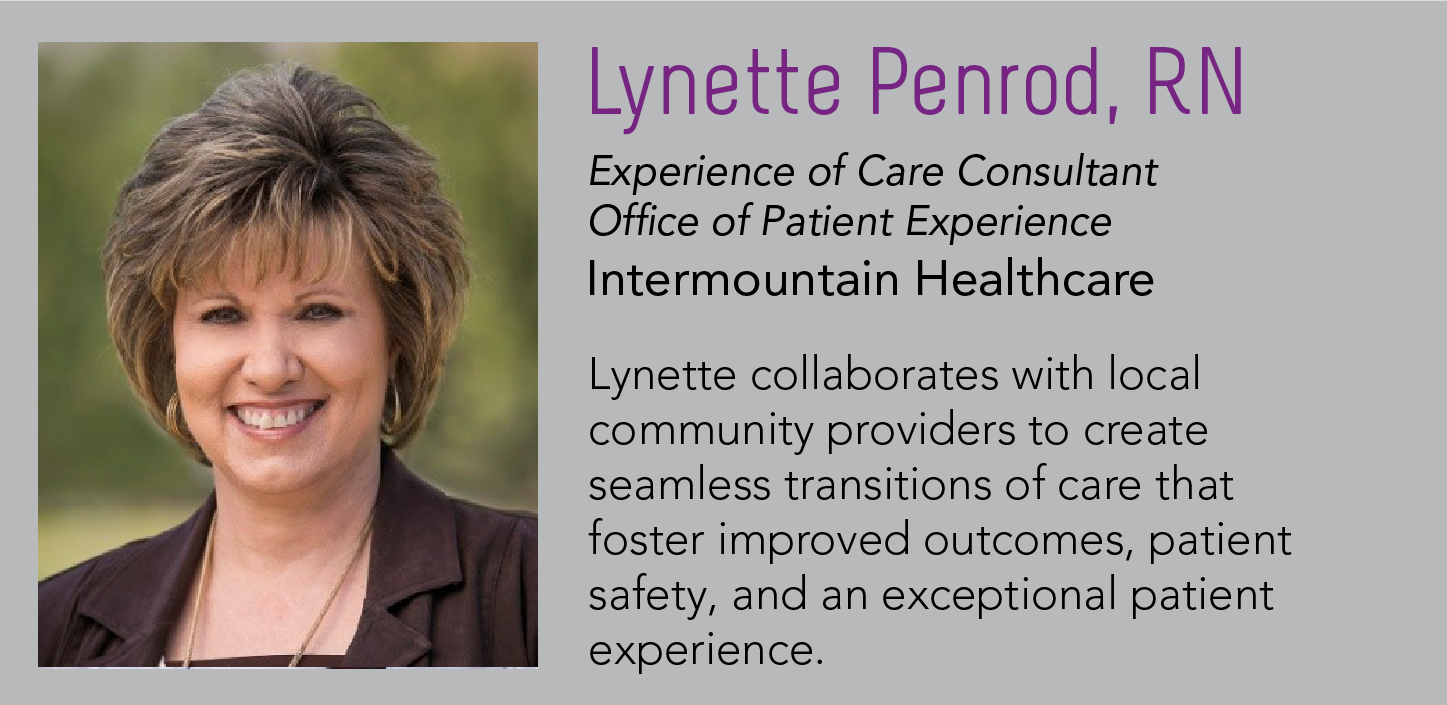The United States is facing a shortage of physicians, both in rural and non-rural regions of the country. It is estimated the country will be some 100,000 doctors short by 2030. The outcome of this is a growing void of primary care providers, creating a need that is even more pressing in light of the fact the population of the US is anticipated to increase by 2.3 million by that point. As if that weren’t enough, our current set of physicians are severely overworked because of this shortage, nearly 25% of whom worked from 61 to 80+ hours per week in a 2014 study. While there are efforts underway to recruit more doctors, its success is not guaranteed, and the need for an immediate solution remains.
 One strategy that has been gaining traction is turning over much of a physician’s work to nurse practitioners and other qualified advanced practice clinicians. Nurse Practitioners and Physician Assistants possess the knowledge and training to take over an array of services regularly provided by doctors. Some 87% of these have the education necessary to provide primary care, and while the number of new doctors has been falling significantly, the number of new Nurse Practitioners and Physician Assistants is on the rise.
One strategy that has been gaining traction is turning over much of a physician’s work to nurse practitioners and other qualified advanced practice clinicians. Nurse Practitioners and Physician Assistants possess the knowledge and training to take over an array of services regularly provided by doctors. Some 87% of these have the education necessary to provide primary care, and while the number of new doctors has been falling significantly, the number of new Nurse Practitioners and Physician Assistants is on the rise.
Unfortunately, expanding the roles of Nurse Practitioners and advanced practice clinicians may not be enough. With the expected population growth coupled with the already strained resources and rising costs of healthcare, it will be crucial for the healthcare industry to find affordable solutions, especially for populations with special healthcare needs.
Super-utilizers of healthcare services, largely representing the 5% of Americans who are accountable for approximately 50% of all healthcare costs in the country, over-utilize healthcare services as a result of chronic diseases, behavioral or mental health conditions, or other like circumstances. The root of these problems, however, is often not something that can be treated within the walls of a hospital or primary care office; these problems are usually symptoms of socio-economic root problems that represent needs which are difficult to meet and frequently result in these physical or mental health complications.
For this reason, the healthcare industry has been focused in recent years on addressing these social determinants of health by partnering with the nonmedical services and programs operating within the same health systems and communities to create coordinate systems of care. In coordinated systems of care, healthcare providers can successfully collaborate with these nonmedical providers, such as food pantries, homeless shelters, and behavioral health specialists, to meet social needs, leading to drastically improved outcomes and a healthcare system whose resources are now less strained.
In coordinated systems of care, technology plays a key role in connecting physicians, nurse practitioners, nonmedical providers, and other members of a care team. Shared health and social assessments, intake and enrollment, care plans, and progress notes are accessible in real time through a patient’s comprehensive care plan. Nurse Practitioners are often the first to intake data from and interact with patients, putting them in an ideal position to make the best use of medical and social determinant data to coordinate patients’ care. Technology provides a direct line from the healthcare provider to the nonmedical services, so as NPs receive new patients, they can quickly assess their situation and refer the patient to the services needed to address socioeconomic or behavioral challenges.
By ensuring that Nurse Practitioners are given the proper vantage point to interpret their data and the means to refer individuals to services that the hospital cannot provide, NPs become a crucial part of any coordinated system of care. NPs thus can help redirect the healthcare industry to focus on preventative care and keeping people healthy.
As the current and projected shortage of physicians become more keenly felt, Nurse Practitioners are already filling in these roles. By giving NPs the tools and data needed to properly address all aspects of patient health, Nurse Practitioners can vastly strengthen healthcare delivery where it most needed, which, it is hoped, can ultimately reduce healthcare costs and improve outcomes.
Sources:
https://wire.ama-assn.org/life-career/how-many-hours-are-average-physician-workweek
https://www.healthaffairs.org/doi/abs/10.1377/hlthaff.2017.1158?journalCode=hlthaff


